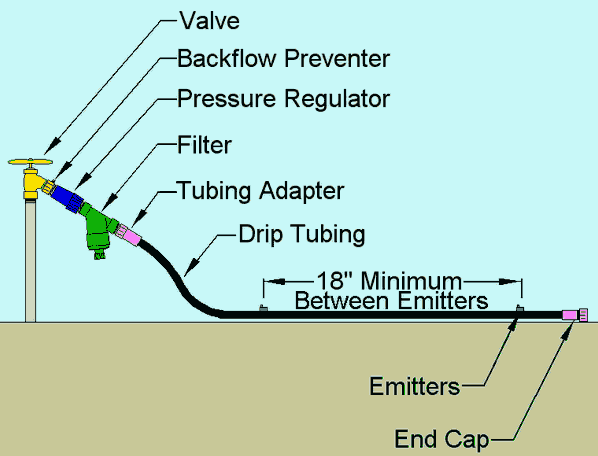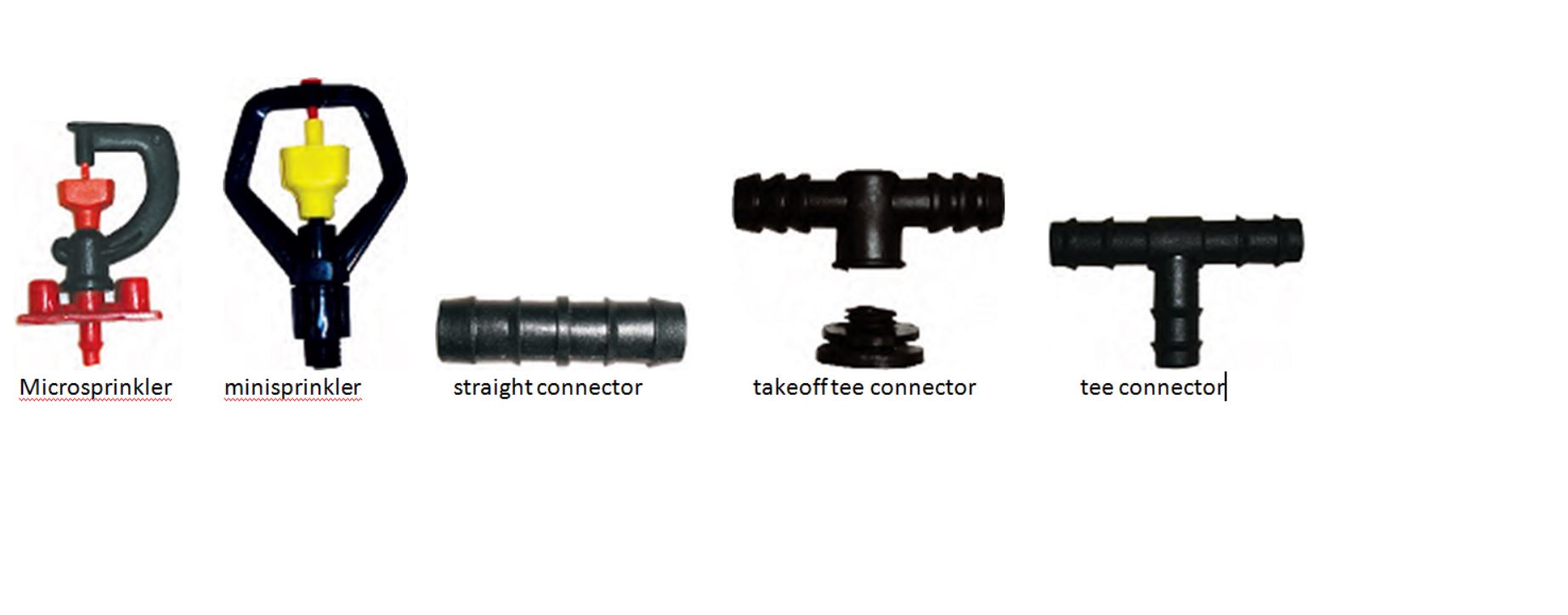ONE DROP MORE CROP
The reach of man is now all pervasive. It has reached the origins of almost all world’s rivers. The basins of the river and tributaries all are now under development processes set by the mankind. This has severely affected water availability all round. It is the need of hour to preserve, conserve and optimize the use of world’s water resources because water and earth and sunlight is what makes our food.
Drip irrigation technology uses special tubes, rubber and plastic, with drippers which leak water at set pressures slowly, drop by drop at predefined rates, so that water has time to be absorbed by the soil where it falls and does not spread outwards or get evaporated. With drippers placed strategically water is directed to where it is needed i.e. at root of the plant.
The system of a drip irrigation consists of source (of water), pump, filters (to remove silt etc), pressure meters, pressure regulator, suitable distribution pipelines, and drip tubing with either in built drippers or add on drippers. All drip tubing are capped in the end as this would build up and equalize pressure all the drip tubing. A block diagram of a drip system is shown below.
The water source connects to a silt filter which connects to a control valve. From control valve water goes through a filter (this filter would clean up any residual solids in the Fertigation water) to the main pipe line which could connect to single or several laterals. The laterals would connect to micro tube drip lines. Additionally a Ventury/Fertilizer Tank/Fertigation Pump system is an integral part of a drip irrigation system.
Some basic parts and components required in drip lines are shown below.
The advantages of drip irrigation watering are thus summarized:
- Application of water at low pressure
- Drop by drop over a long time prevents evaporation and spreading of water
- Directed to the roots of plant
- Economy of water
- Economy of fertilizer
- Suitable in undulated or difficult terrain
- Efficient use of scarce water yielding water saving
- Improved quality of crop
- Fertigation i.e. provide fertilizers and soil insecticides through drip
Drip irrigation is very good but it also puts more responsibility on the farmer to see that design of this system is tailored to
- the topography and layout of his field and his crop.
- the source of water,
- the capacity of the pump as required,
- the capacity and layout of the main, lateral and drip pipes etc.
- maintenance of the total system periodically is a must.


